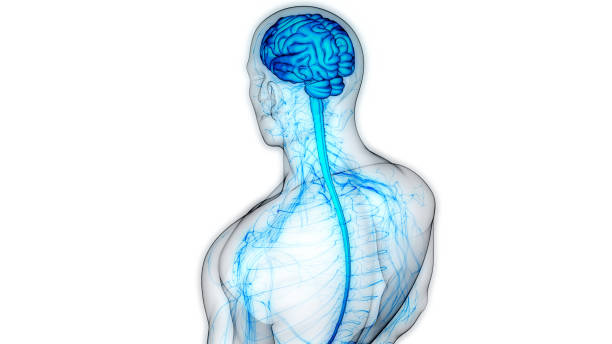Vision problems affect the eye's ability to see clearly. The eyes are complex organs, and various issues can arise that impact work, daily activities, and overall quality of life. However, with proper care, many vision problems can be treated. Detecting these issues early can help reduce their impact.
Vision problems disrupt normal visual function, making it difficult to see clearly. These issues can range from refractive errors to more complex conditions such as glaucoma, cataracts, and macular degeneration. They may occur due to aging, genetic factors, lifestyle changes, or injuries.
The eyes play a crucial role in transmitting visual information to the brain. Clear vision is essential for everyday tasks such as reading, working, driving, and recognizing faces. The eyes capture images through the lens, which focuses light onto the retina. The retina then converts this information into signals and sends them to the brain. Any disruption in this process can lead to vision problems.
Common causes of vision problems include aging, genetics, health conditions, lifestyle changes, and injuries.









